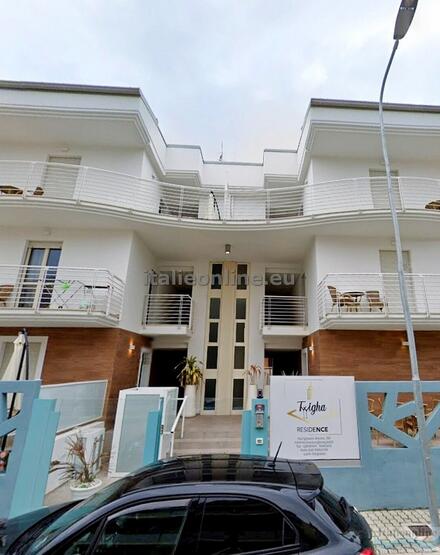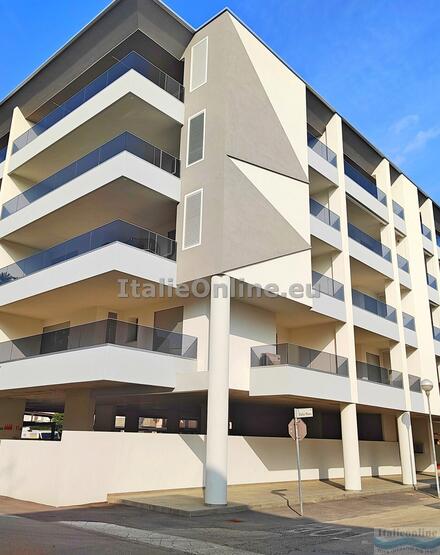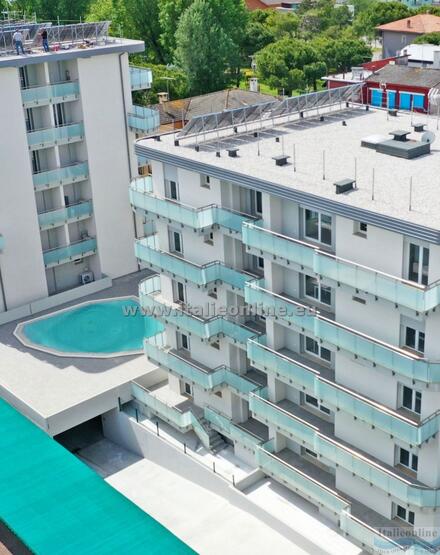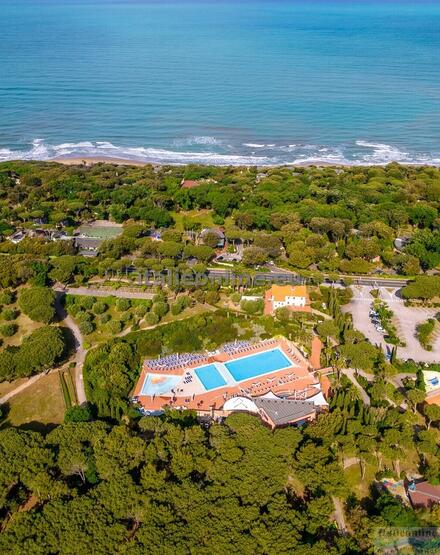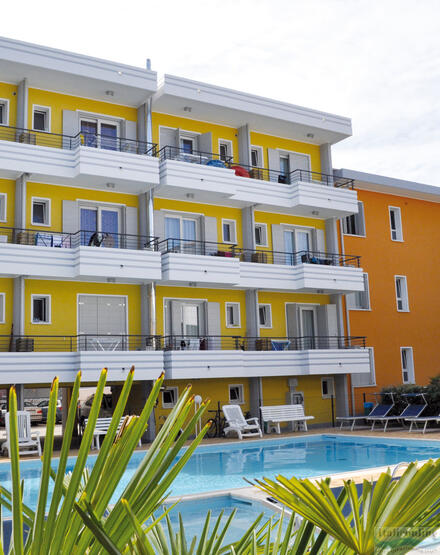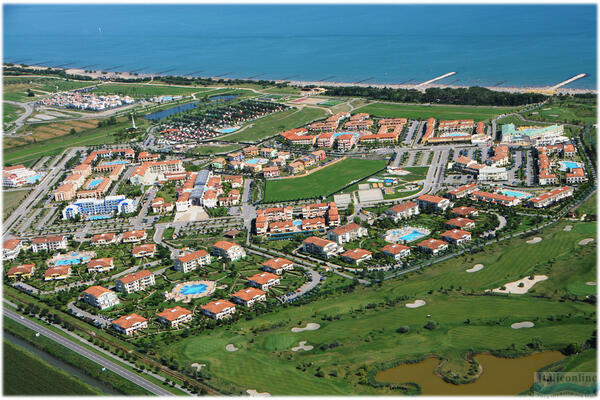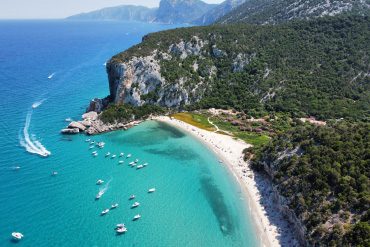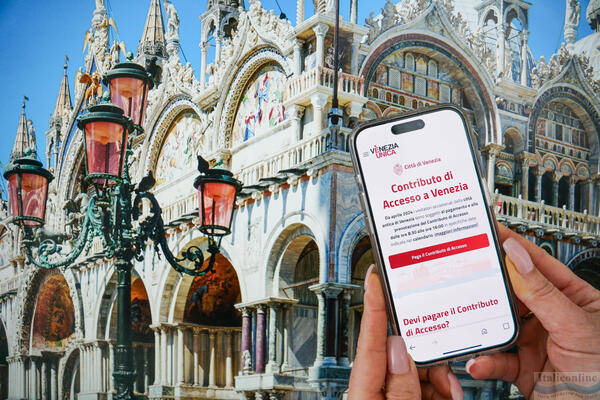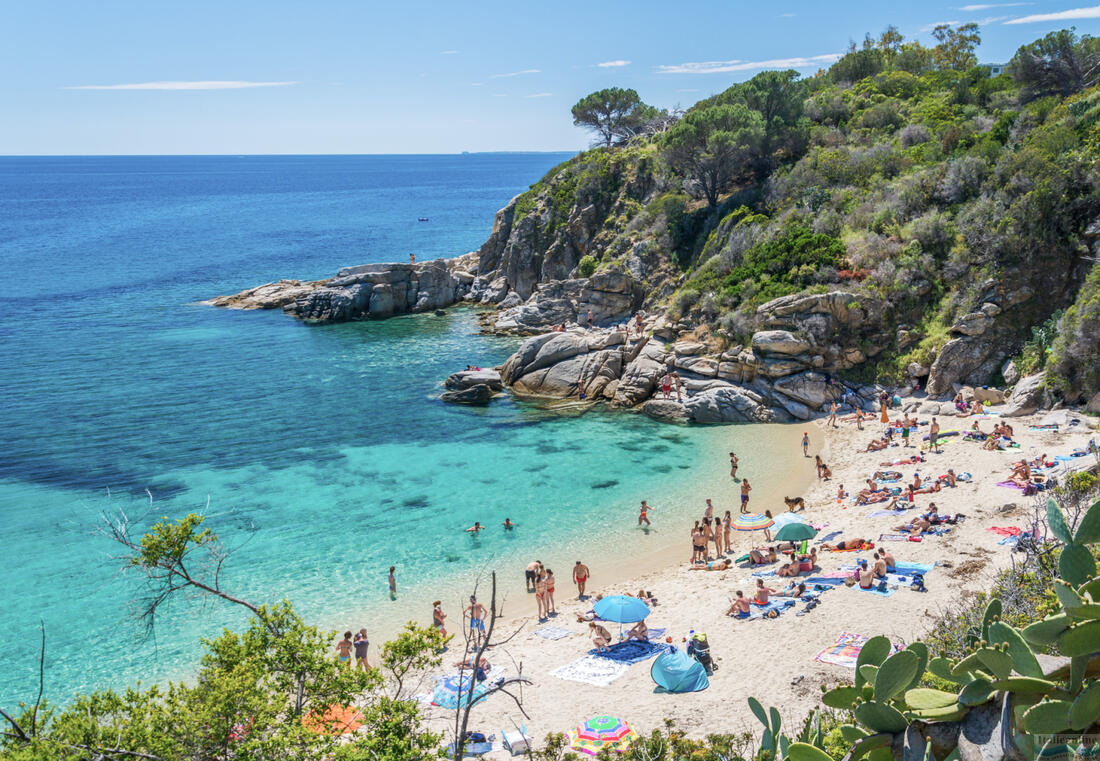
According to ancient legend, the islands were created when the goddess Venus emerged from the waters of the Tyrrhenian Sea and lost her precious pearl necklace in her haste to reach the coast: seven of them emerged and became the beautiful islands that today form an archipelago.
Located between the Tuscan coast and Corsica, the archipelago is a true natural paradise that everyone should visit at least once in their lifetime. It is made up of seven main islands (Elba, Giglio, Capraia, Montecristo, Pianosa, Giannutri and Gorgona) and several small islands and rocky cliffs.
These islands differ in geological structure, landscape and biodiversity, but they all have in common crystal clear seas and vibrant vegetation. Moreover, these gems still retain a peaceful island life with local traditions and customs. Since 1996, there has been the Parco Nazionale dell'Arcipelago Toscano, the largest marine park in Europe, established with the aim ofto protect, enhance and preserve the beauty of the area and its extraordinary diversity of natural environments.
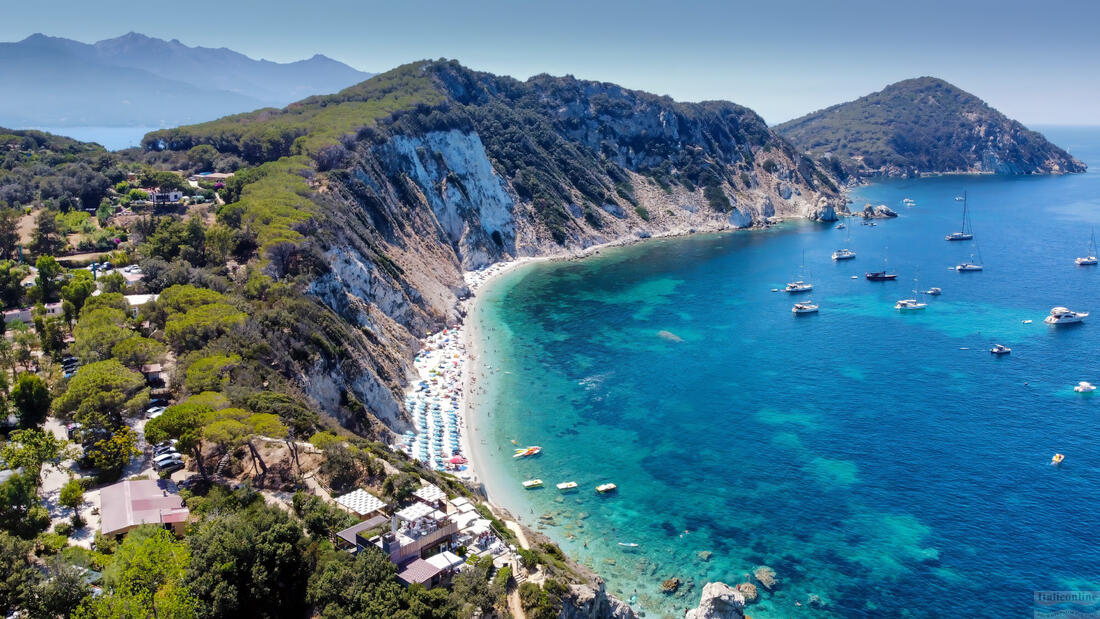
ELBA
Elba is the third largest Italian island in the Tuscan archipelago. It has endless reasons to visit: first of all, the variety of seascapes with rocky coastlines, long beaches with the finestsand or small coves with white pebbles and the beautiful Mediterranean vegetation. It should not be forgotten that the island, which has always been famous for its iron ore deposits, is characterised by its extraordinary wealth of rocks and minerals. Elba is also rich in history. Here you will find, for example, the medieval castle of Volterraio and the Palazzina dei Mulini, Napoleon's residence in his first exile, which still preserves the monuments of his time. Last but not least, it is an ideal place for lovers of diving, hiking and cycling with an incredible network of marked routes. You won't be bored!
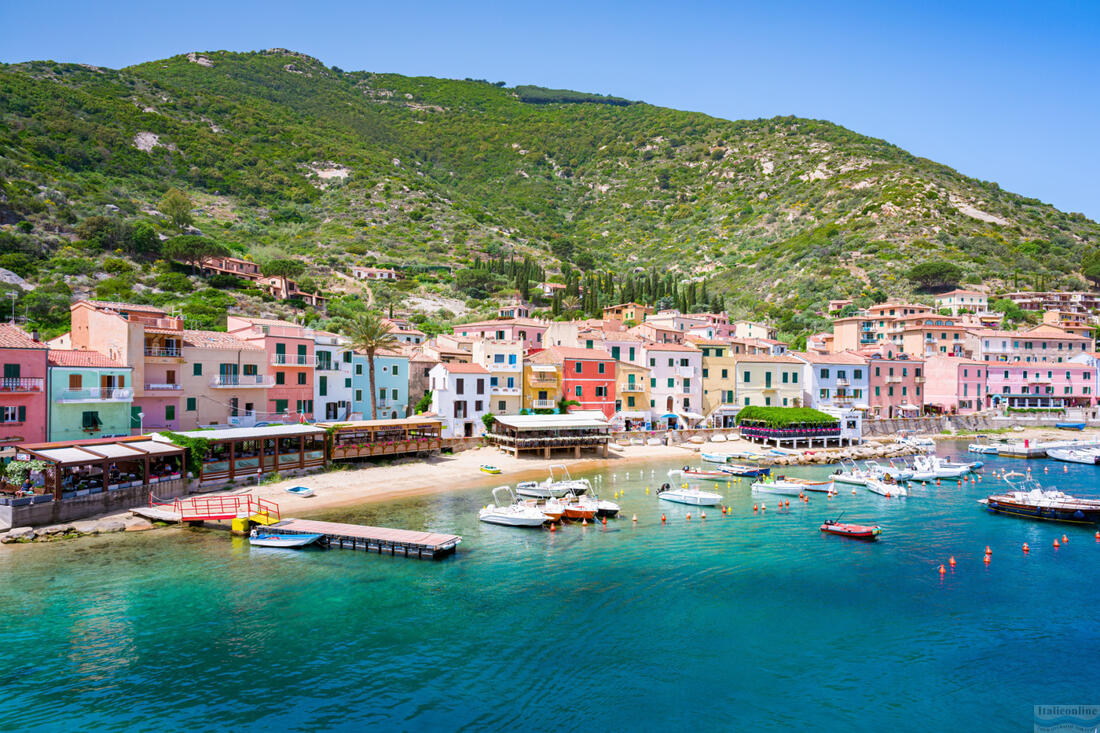
GIGLIO
The second largest island of the Tuscan archipelago, Giglio is a real pearl. It is located opposite Monte Argentario. Campese, famous for its reddish sand and the enchanting panorama at sunset. Other smaller beaches are: Arenella, Cannelle and Caldane. The island boasts a unique clarity of water that makes it a true paradise for snorkelling enthusiasts. Moreover, its territory invites you to follow fascinating trails immersed in unspoilt nature, from which you can enjoy breathtaking views of the archipelago. In addition to the beautiful landscape, the port of Giglio Porto and the charming medieval village of Giglio Castello, with its characteristic streets and the remains of a Pisan fortress, are also worth a visit.
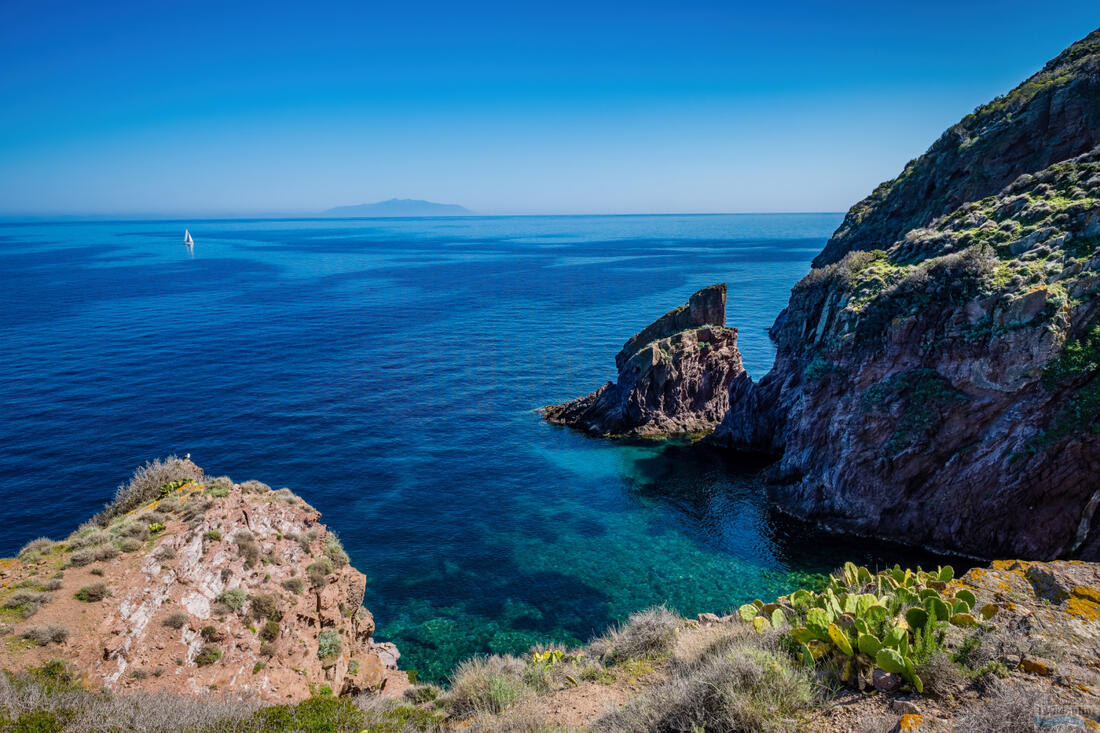
With an area of 19.3 km², Capraia is the third largest island in the Tuscan archipelago. It owes its name to the now extinct wild goats that once made up the majority of its fauna. It is of volcanic origin and mostly mountainous, known for the erosion phenomena of its steep coastline. The waters around Capraia are particularly rich: snorkelling, diving and snorkelling enthusiasts will find here a magnificent seabed where remarkable underwater archaeological finds have also settled. Beautiful trails invite you to take a stroll, allowing you to discover hidden coves and untouched corners. The historical and artistic heritage of Capraia is very rich: in addition to the four churches on the island (Santo Stefano, Santa Maria Assunta, San Nicola and Sant'Antonio), there is the fortress of San Giorgio, built by the Genoese in the 16th century.
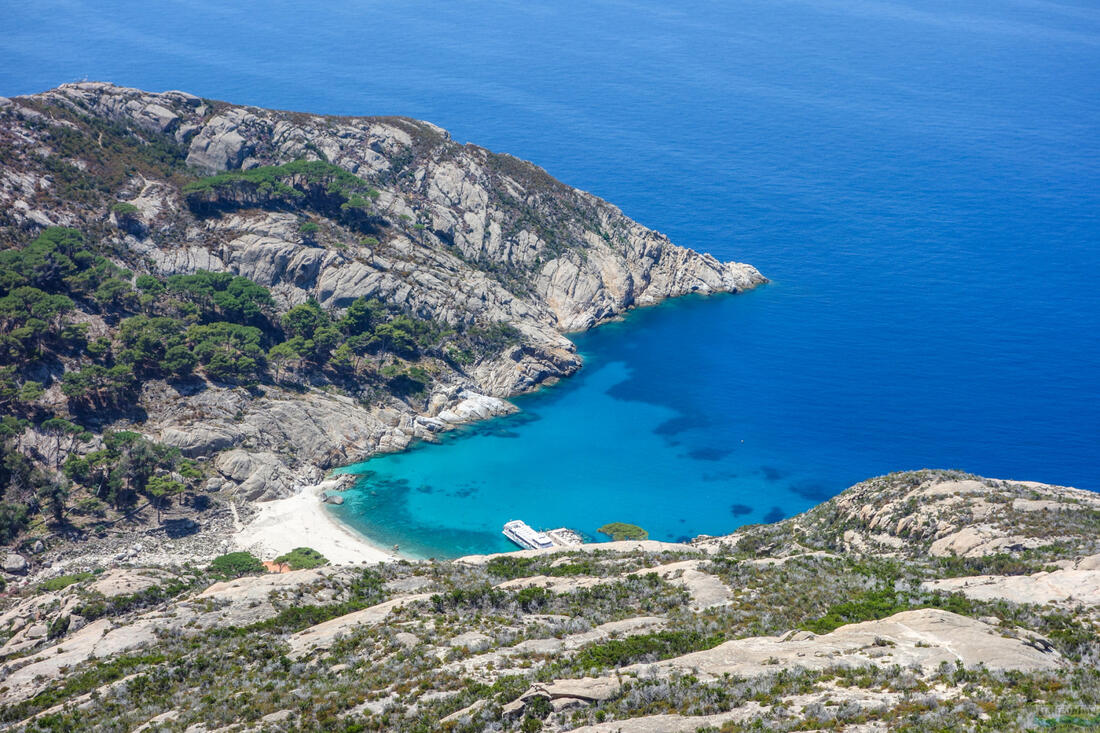
MONTECRISTO
Being an integral nature reserve since 1971 and a biogenetic nature reserve since 1988, access to it is by no means easy: very few daily permits are granted during the year, and visits are made along predetermined routes only in the presence of an authorized guide. The symbol of this place is the Montecristo goat, the only one in the country that lives in the wild, brought here by the ancient sailors and of which there are about 250.
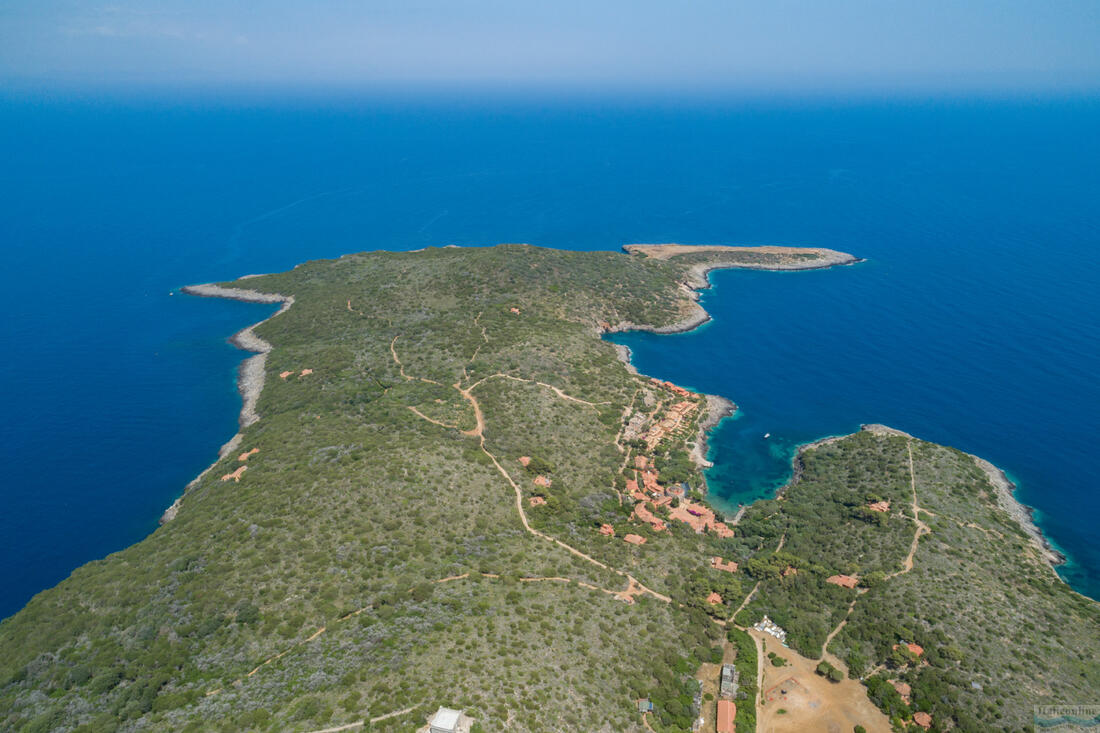
The romantic Giannutri, which rises from the waters of the Tyrrhenian Sea and whose rocky cliffs are shaped by the wind, is the southernmost of the islands of the Tuscan archipelago. The only landing places are Cala dello Spalmatoio and Cala Maestra, with their small pebble beaches. Giannutri, which has always been considered sacred to Artemis-Diana because of its crescent moon, is an unspoilt oasis of rare beauty. The seabed, with its rich natural diversity and secrets such as ancient shipwrecks, is a paradise for snorkelling and diving enthusiasts. Passionate hikers can enjoy the magnificent natural scenery along the various trails leading through the Mediterranean maquis. The island's main attraction is Villa Domizia, a magnificent Roman villa from the 2nd century AD, built by the powerful Domizi Enobarbi family. The archaeological site can only be visited when accompanied by an authorised guide.
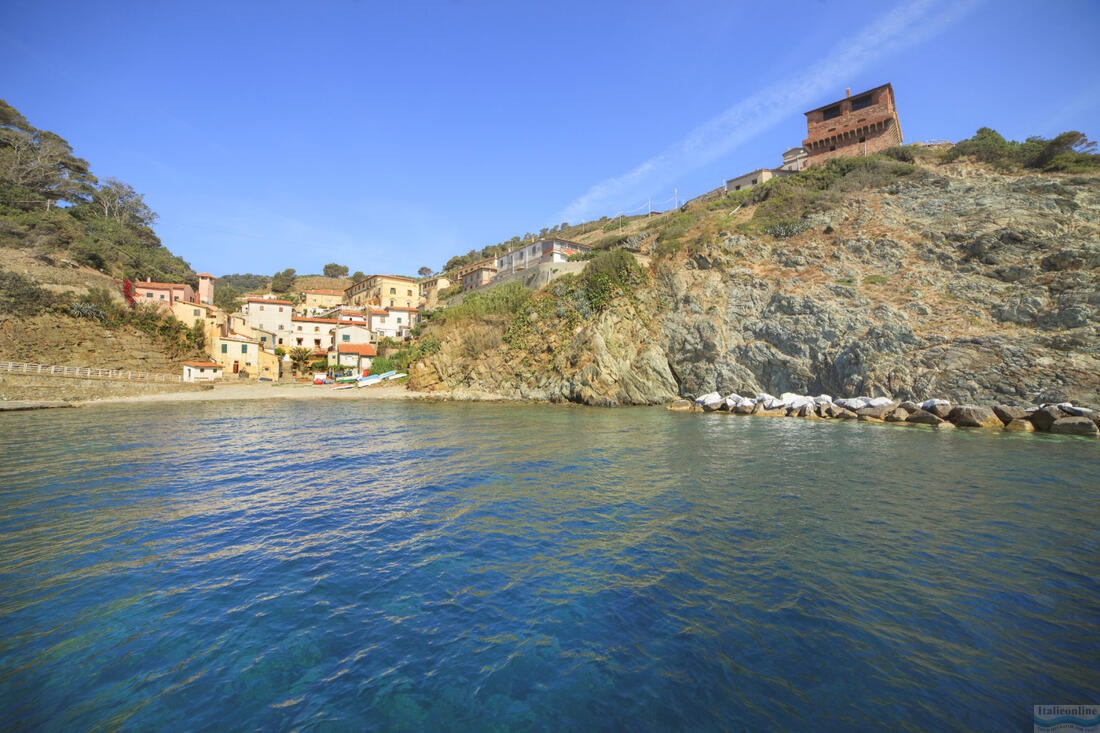
GORGONA
Gorgona, the smallest and northernmost of the Tuscan islands, is the last active prison island in Italy. Visits are only allowed with a qualified guide and with certain restrictions, both because of the prison regime and to protect biodiversity. Like the other pearls of the Tuscan archipelago, Gorgona is rich in natural and scenic wonders. The coastline is characterised by numerous coves and bays, the most notable of which are Cala Scirocco, with the Grotta del Bove marino, once a sanctuary for monk seals, Cala Maestra and Cala Martina. On the island there is also the interesting church of San Gorgonio, rebuilt in 1723 on the site of an old church that was destroyed in the 15th century. in addition, there are two fortifications, the Torre Vecchia built by the Pisans and the Torre Nuova from the Medici period.
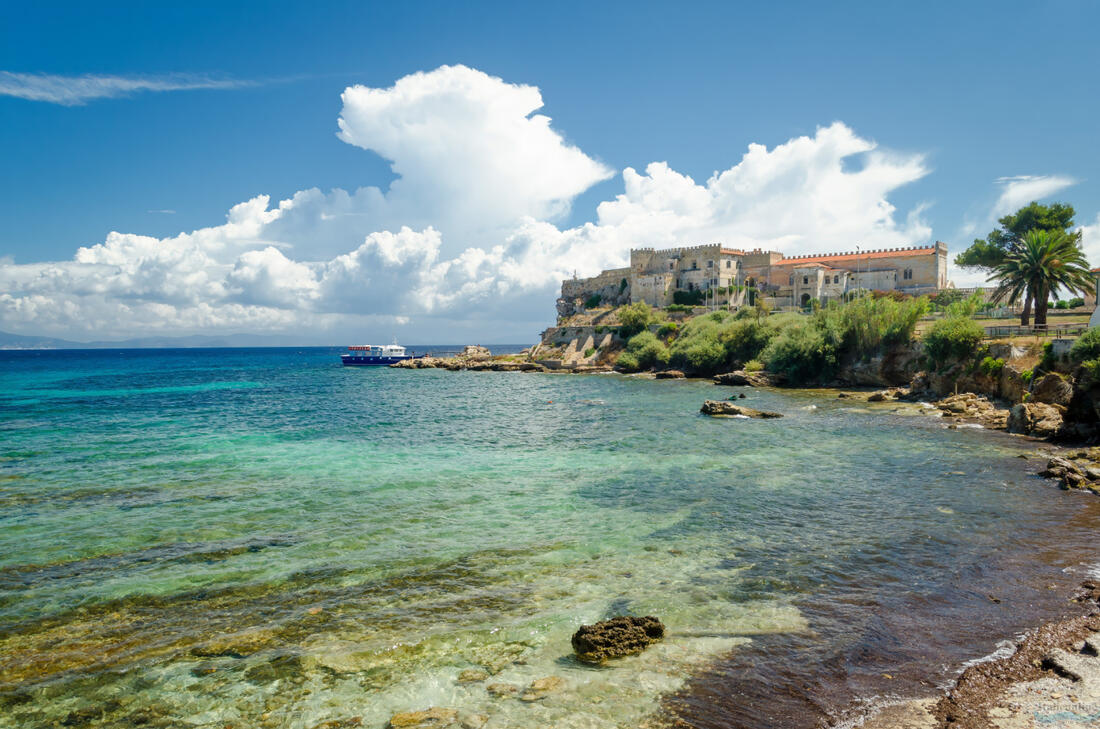
PIANOSA
The island of Pianosa alternates rocky stretches with beautiful coves, the most famous of which is the remarkable Cala Giovanna. First a penal colony and then a super-prison, its natural beauty has remained intact. However, Pianosa is not just about nature, but also about the many testimonies to a rich past, such as the early Christian catacombs and the remains of Agrippa's Roman villa. We recommend a walk among the neo-Gothic buildings, now abandoned and corroded by wind and salt, in the old village of Pianosa, uninhabited since 1968, when the penal colony was converted into a maximum security prison and the civilians were removed. Although it is no longer a prison, it is now inhabited by a few people who are responsible for the surveillance and control of the island.

